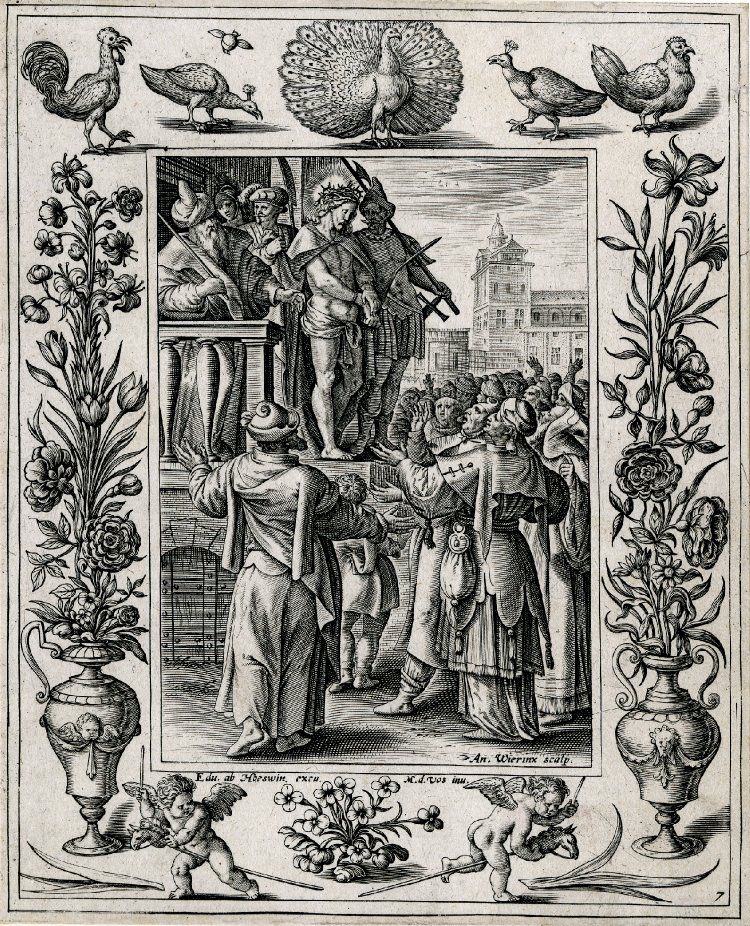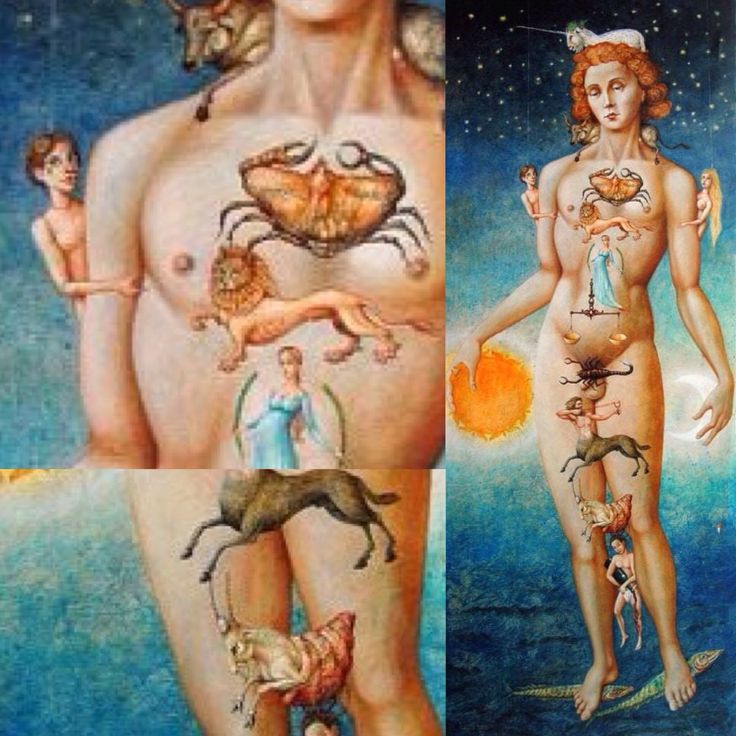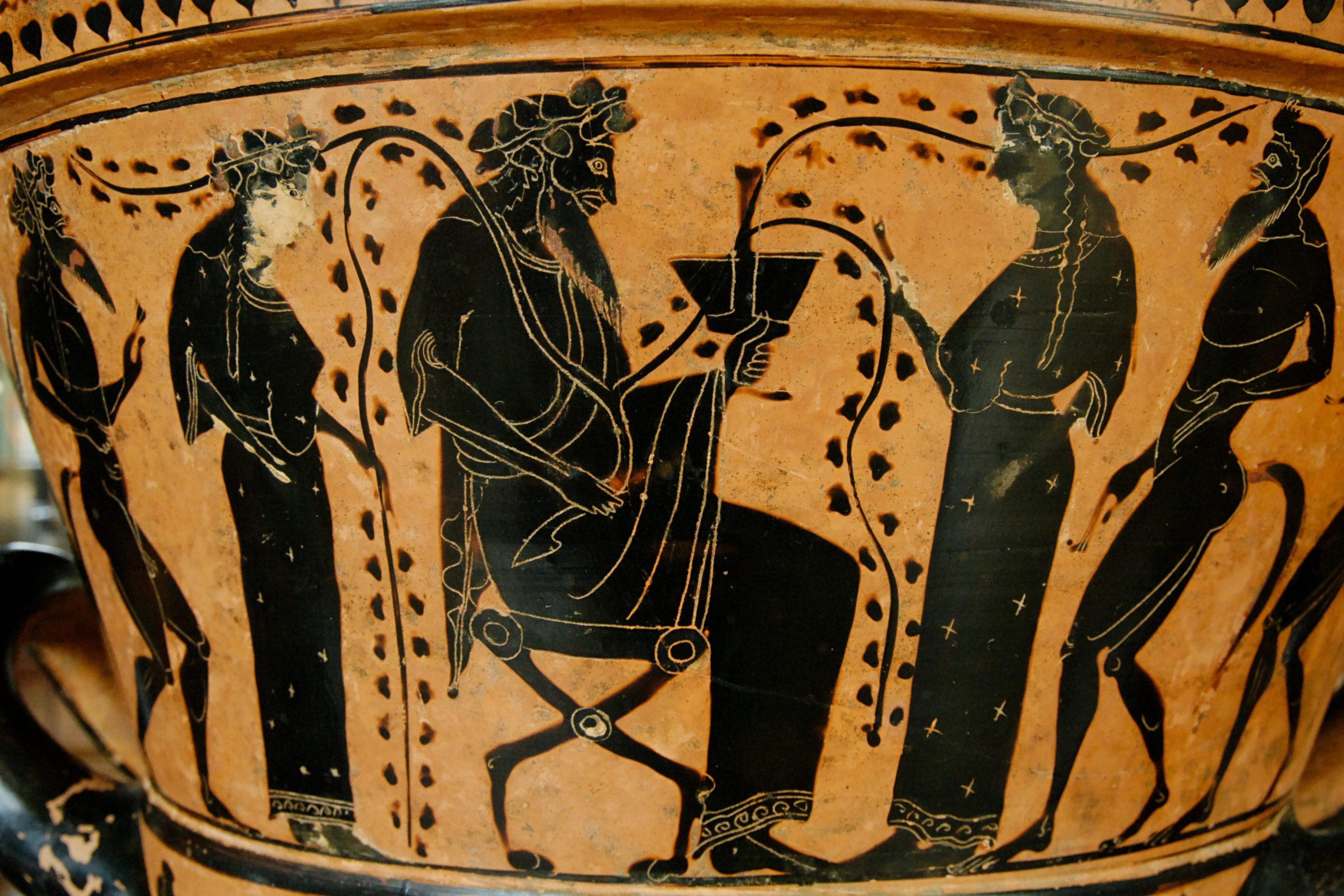“For if God did not spare angels when they sinned, but cast them into Tartarus (hell) and committed them to chains of gloomy darkness to be kept until the judgment.” (2 Peter 2:4)
The teachings of Hell as a place of torment for sinners and the damned in Christianity come down to us originally from the Ancient Egyptians, Phoenicians, Greeks, and Romans. In Ancient Greece with some of the Greatest Philosophers of all time, from the era of Homer to Hesiod to Plato, this Tradition and what I contend is a theological science about a spiritual prison for humans called Tartarus (Tartaros) was fully developed.
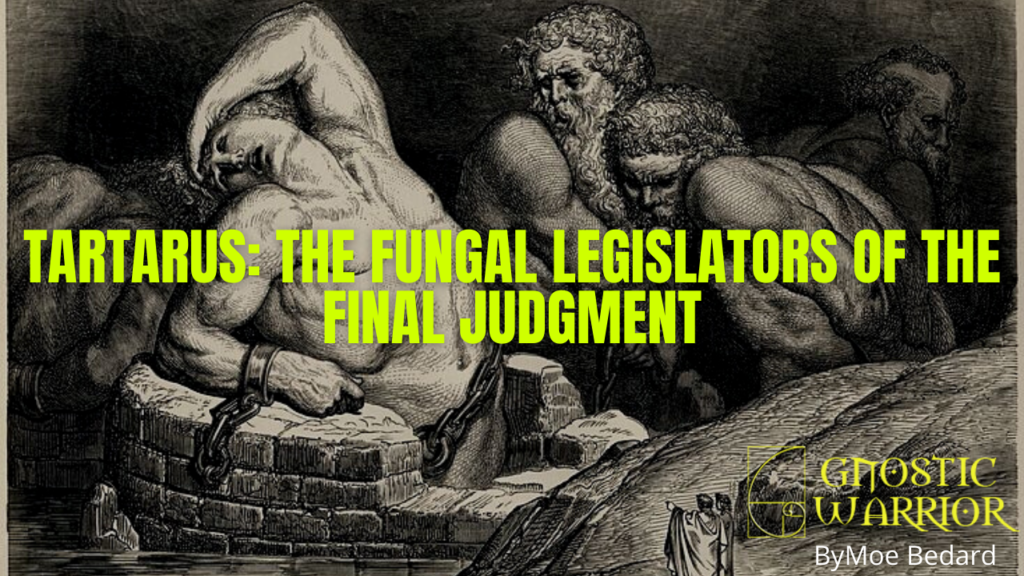
In the Scripture, Tartarus (Tartaros) is said to be the place where 200 fallen Watchers (angels) are imprisoned in an underground abyss reserved for demons, sinners, and the dead. In Enoch, we learn that God placed the archangel Uriel “in charge of the world and of Tartarus” (20:2).
Uriel is the angel “over the world and Tartarus” (ho epi tou kosmou kai tou tartarou), and as such, the conductor to Enoch in the world below secrets of which he explains. In the lost “Prayer of Joseph,” Uriel is the angel who wrestles and converses with Jacob and knows the secrets of heaven, and he is entrusted with the judgment of the Titans.
The meaning of the name Uriel (Ouriel) is “fire or flame of God” or “my light is God”)
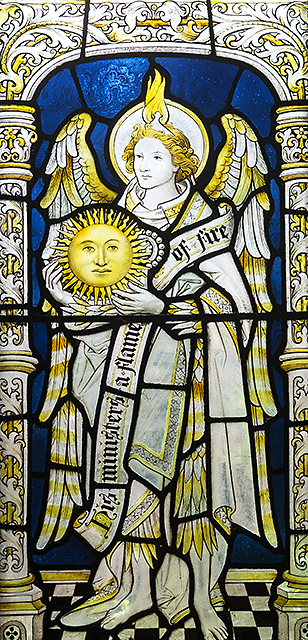
Tartarus in Greek mythology is the deep abyss and a type of underground dungeon of torment and suffering for the wicked and as the prison for the Titans and in later myths, for mortals who committed unforgivable sins. According to the Greek poets, Homer and Hesiod, Tartarus is a type of spherical force that reaches the great cosmic pit beneath the earth.
It is located “as far beneath the house of Hades as from earth the sky lies, and he is both a deity (god or force) and a place in the underworld.”
The Greeks imagined the cosmos to have been egg-shaped or spherical, and Tartarus was said to have been an inverted dome with the upper half of this sphere forming the dome of heaven, whilst the bottom half formed the pit of Tartarus.
In Homer’s Iliad (c. 8th century BC), Zeus asserts that Tartarus is “as far beneath Hades as heaven is above the earth.” According to the Homeric Hymn to Hermes, The God of Light, Apollon threatens to cast the infant god Hermes into Tartaros for stealing his cattle;
“For I will take and cast you into dusky Tartaros and awful hopeless darkness (zophon), and neither your mother nor your father shall free you or bring you up again to the light, but you will wander under the earth and be the leader amongst little folk (shades/ghosts of children in Hades).”
Hesiod (c. 700 BCE) depicts it as Misty Tartarus’, stating that it was “as far below the earth as heaven is from the earth” (722-25). He describes Tartarus “as a vast chasm, both dismal and dank and a place of decay,” and states, “Tartarus is one of the first beings to have emerged at the creation of the universe and was the opposite of Gaia (Earth).”
Hesiod describes it further as the unfruitful sea (pontos) where there are shining gates and an immoveable threshold of bronze having unending roots, and it is grown of itself. And beyond, away from all the gods, live the Titans, beyond gloomy Khaos.” He says that the edge of the cosmos is where the flat disc of the earth meets the descending dome of the sky and the ascending walls of the pit of Tartaros.
“The sky-dome and Tartarean pit surround the cosmos in an egg-shaped shell with Tartaros descending as far beneath the earth as the sky rises up above it.”
According to Plato’s Gorgias (428/7-348/7 BCE), the souls who were deemed impious and unjust by the judges of the dead (Rhadamanthus, Aeacus, and Minos), would be sent to Tartarus and eternally damned. In his Phaedo, Plato states that all of the rivers run through the chasm of Tartarus, and then they flow back out of it through the earth.
Roman mythology describes a pit inside extending down into the earth twice as far as the distance from the lands of the living to Olympus. The twin sons of the Titan Aloeus were said to be imprisoned at the bottom of this pit.
Tartarus is also considered a primordial force or God and the unbounded first-existing entity from which the Light and the cosmos are born. He is described as a deity or the God of Abyss and ruled with his sister, Gaia, the Goddess or first Mother of the earth. He was the son of Aether and Hemera, who descended from chaos – the first God.
Meaning, he was considered as existing at or from the beginning of time who came from the stormy pit of Tartaros that lies beneath the foundations of the earth.
In ancient Orphic sources and the mystery schools, Tartarus is also the unbounded first-existing entity from which the Light and the cosmos are born. According to Plato, Tartarus is the place where souls are judged after death and where the wicked received divine punishment. (Plato’s Gorgias)
Virgil describes Tartarus as expansive, surrounded by three perimeter walls, beyond which flows a flaming river named “the Phlegethon. To further prevent escape, a hydra with fifty black, gaping jaws, sits atop a gate that screeches when opened. They are flanked by adamantine columns, a substance that, like a diamond, is so hard, nothing can cut through it.
Virgil had written, “[The ghost of Anchises appears to his son Aeneas in a dream :] ‘Approach the nether halls of Dis [Haides], and through the depths of Avernus seek, my son, a meeting with me. For impious Tartarus, with its gloomy shades, holds me not, but I dwell in Elysium amid the sweet assemblies of the blest.” (Virgil, Aeneid 5. 731)
Carl Jung had written in The Red Book about his experience of descending into Tartarus where the color black/nigredo plays a predominant role in Jung’s initial plunge into Hell where this black water or dirt covers the cave, and he witnesses a subterranean Sun or fire which he has been tasked with to capture.
Jung describes his visions in Tartarus as a hellish landscape with a blackness/nigredo substance up to his ankles with pools of red blood, terrible noises, screams, and dead bodies floating within it as black scarab floats by on the dark stream.
There seems to be an exit or a way out of this Hell via a red stone that he first symbolized as a subterranean Sun or fire covering an opening, which Jung removes and holds it in his hands. Jung had written;
“I see a gray rock face along which I sink into great depths. I stand in black dirt up to my ankles in a dark cave. Shadows sweep over me. I am seized by fear, but I know I must go in. I crawl through a narrow crack in the rock and reach an inner cave whose bottom is covered with black water. But beyond this, I catch a glimpse of a luminous red stone which I must reach. I wade through the muddy water. The cave is full of the frightful noise of shrieking voices.
I take the stone, it covers a dark opening in the rock.
I hold the stone in my hand, peering around inquiringly. I do not want to listen to the voices, they keep me away, but I want to know. Here something wants to be uttered. I place my ear to the opening. I hear the flow of underground waters. I see the bloody head of a man on the dark stream. Someone wounded, someone slain floats there. I take in this image for a long time, shuddering. I see a large black scarab floating past on the dark stream.”
In the Secret Teachings of All Ages, Manly P. Hall connects Tartarus with the concepts of the monad – as the origin or the first thought and all thoughts as the beginning and end of all. It is the receptacle of matter which produces chaos and also the planet Jupiter which he states, “the great power which abides in the center of the universe and controls the circular motion of the planers about itself.”
Hall had written;
Monad–1–is so-called because it always remains in the same condition–that is, separate from the multitude. Its attributes are as follows: It is called mind, because the mind is stable and has preeminence; hermaphrodism, because it is both male and female; odd and even, for being added to the even it makes odd, and to the odd, even; God, because it is the beginning and end of all, but itself has neither beginning nor end; good, for such is the nature of God; the receptacle of matter, because it produces the duad, which is essentially material.
By the Pythagoreans, the monad was called chaos, obscurity, chasm, Tartarus, Styx, abyss, Lethe, Atlas, Axis, Morpho (a name for Venus), and Tower or Throne of Jupiter, because of the great power which abides in the center of the universe and controls the circular motion of the planers about itself.
Monad is also called germinal reason because it is the origin of all the thoughts in the universe. Other names given to it were: Apollo, because of its relation to the sun; Prometheus, because he brought man light; Pyralios, one who exists in fire; geniture, because without it no number can exist; substance, because substance is primary; cause of truth; and constitution of symphony: all these because it is the primordial one.”
In the Greek Comedy, Aristophanes, Frogsdated from the 5th to 4th B.C. had stated:
“[Aiakos (Aeacus), the gatesman of Haides, threatens the god Dionysos with imprisonment in the dungeons of Hell :] ‘The black hearted Stygian rock and the crag of Akheron (Acheron) dripping with gore can hold you; and the circling hounds of Kokytos (Cocytus) and the hundred-headed serpent (ekhidna) [probably Typhoeus] shall tear your entrails; your lungs will be attacked by the the Tartesian Eel (Myraina Tartesia) [probably Ekhidna], your kidneys bleeding with your very entrails the Teithrasian Gorgones will rip apart.'”
Here is some more text from the Homeric Hymn to Pythian Apollo;
“Hera prayed, striking the ground flatwise with her hand, and speaking thus : ‘Hear now, I pray, Gaia (Gaea) and wide Ouranos (Uranus) above, and you Titan gods (Titanes theoi) who dwell beneath the earth about great Tartaros, and from whom are sprung both gods and men! Harken you now to me, one and all.'”
THE MEANING & ETYMOLOGY OF THE WORD TARTARUS
The word Tartarus is composed of the words “tar, tar, and “us or os”
According to Webster’s Dictionary, Tar is found in the Bible to mean “a thick, black, viscous liquid obtained by the distillation of wood, coal, etc., and having a varied composition according to the temperature and material employed in obtaining it.”
It is related to the word ‘atar,’ which means [אָטַר] verb shut up, close, bind or enclose (Arabic bend, curve, what surrounds, encloses. It is related to the word tardemeh תַּרְדֵּמָה noun feminine deep sleep; — absolute ׳ת Genesis 2:21 +; construct תַּרְדֵּמַת 1 Samuel 26:12; — deep sleep, usually with נָפַל + עַל person, and usually by supernatural agency: עַל ׳ת ׳א ׳וַיַמֵּל י Genesis 2:21 (J; ᵐ5 ἔκστασις), נָָֽפְלָח עַל ׳ת Genesis 15:12 (J; ᵐ5 id.), Job 4:13 = Job 33:15 (ᵐ5 [δεινὸς], φόβος), so ׳תַּרְדֵּמַת י 1 Samuel 26:12 (ᵐ5 θάμβος, the result of slothfulness (על and person omitted) Proverbs 19:15; figurative for insensibility of spirit, ׳רוּחַ ת ׳נָסַךְ עֲלֵיכֶם י Isaiah 29:10.
The Hebrew word is radam, which means “to fall or fall into, heavy sleep” related to [רָדַם] verb Niph’al of sleep of death Psalm 76:7; stunning effect of awe and dread Daniel 8:18; Daniel 10:9 (both + אָ֑רְצָה [ וּפָנַי ] עַלמָּֿנַי.
Matar means to kill.
The meaning of the word tar (πίσσα) tar is also pitch and spelled in Greek as pissa, which is another word for pitch and bitumen. These words are all synonyms with “coal or creosote.”
In the Scripture, this Tar is related to a particular substance called “slime, Bible Slime or Bitumen.” It is sometimes used to mix in with the brick and mortar to build the “Tower of Babel,” and is made in what was called “tar pits” and sometimes the “lake of Sodom” in ancient Babylonia.
The word slime is also variously translated as meaning “bitumen” in the Latin Vulgate and as “chomer or chemar” in the Hebrew Bible, and Strong’s Hebrew lists the word for Tar as chemar.
Herodotus, the Father of History, tells us that bitumen is the “product of the decomposition of vegetable and animal substances.”
“Bitumen is “the product of the decomposition of vegetable and animal substances. It is usually found of a black or brownish-black color, externally not unlike coal, but it varies in consistency from a bright, pitchy condition, with a conchoidal fracture, to thick, viscid masses of mineral Tar.” (Encyc. Brit.)
This reference by Herodotus clearly shows us that this “slime of bitumen” is a product of decomposition of both vegetables and animals. When we look to modern science for the definition of decomposition, we see that it means;
“the state or process of rotting; decay of organic waste.”
Now that we understand that the meaning of the word “Tar” is decay and decomposition of vegetables and animals, including we, humans, let’s examine the next word in Tartarus or Tartaros – “us or os.”
The word us means both we, and in a historical sense, it is a group of people with a like mind and similar or the same ideas. Traditional Greek authors would call this “nous,” which is equated with the “human mind ie, intellect, or intelligence – necessary for understanding what is true or real.”
Concerning Tartarus, I contend that this “nous or mind” is connected to what classical Greek writers had called a primordial force, which in reality is the earth’s biosphere or “little nous.” Also, my theory is that our second brain may be our first developed lizard or fungi brain that can be taken over by this same force if we transgress against the laws of being human. I believe these laws have been passed down to us by the lawgivers and prophets who have gone before given us the spiritual Gnosis, world religions, and ancient mysteries that teach us about this hidden reality of our human existance.
A type of ancient hive mind and legislator that operates through the very microorganisms ie, Tar Tar, Slime, Bitumen, and the earth’s internet, which controls its functions and legislates the human parasites/demons much better than any government or military could ever imagine.
TAR TAR US – FUNGAL LEGISLATORS OF THE FINAL JUDGEMENT

Moe is the founder of GnosticWarrior.com. He is a father, husband, author, martial arts black belt, and an expert in Gnosticism, the occult, and esotericism.

